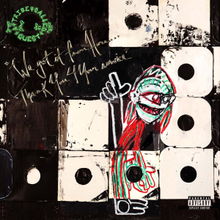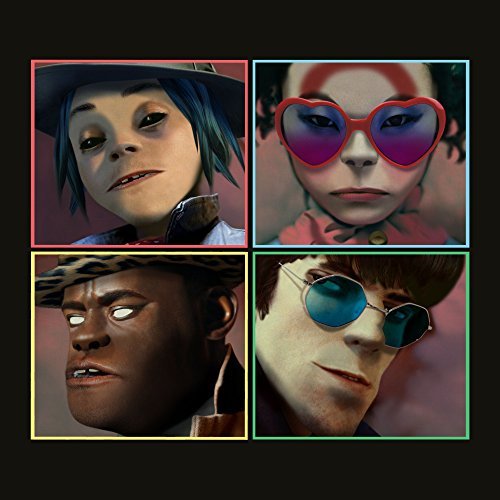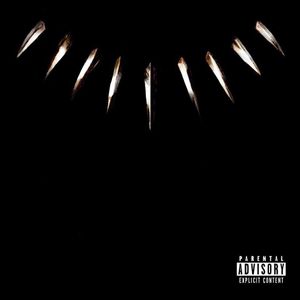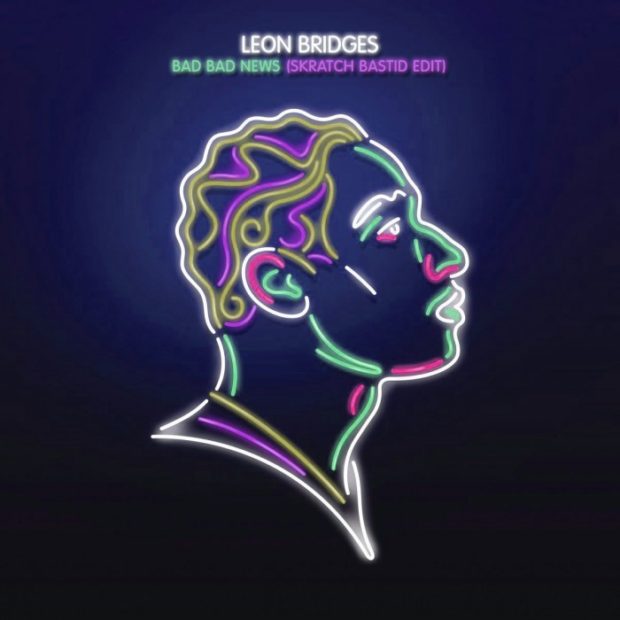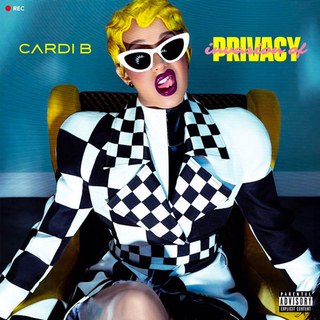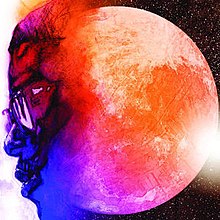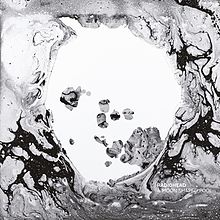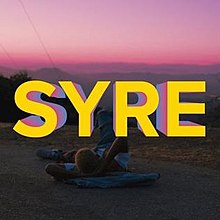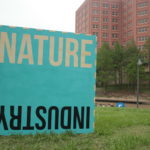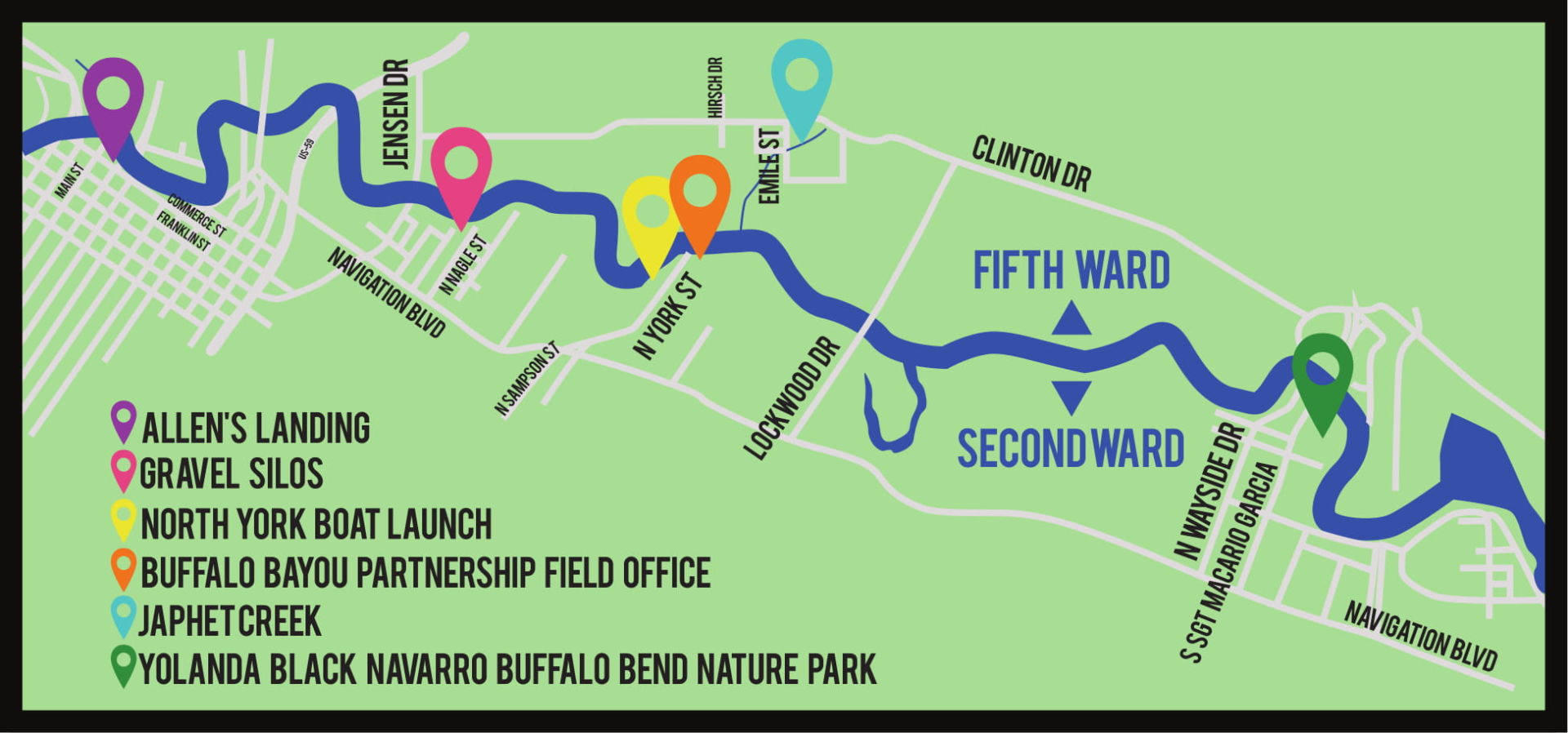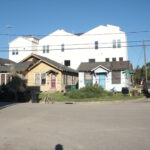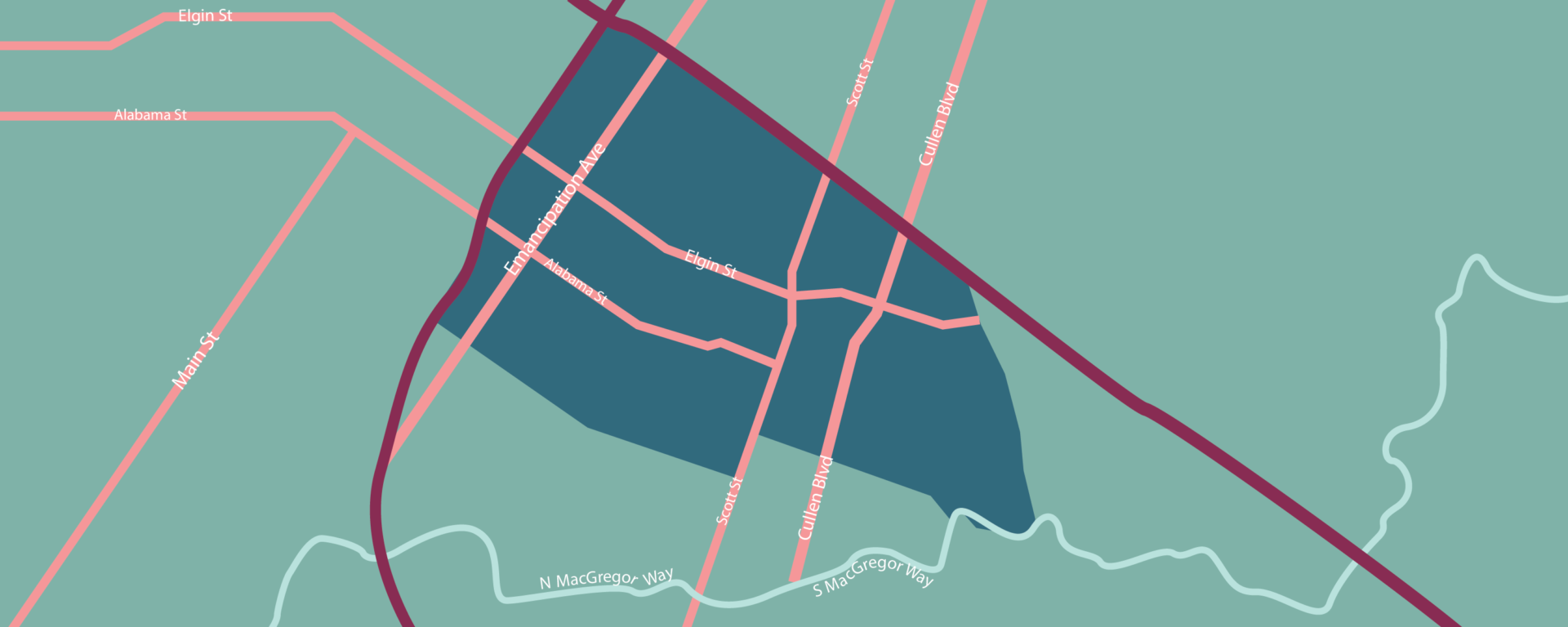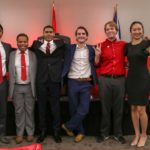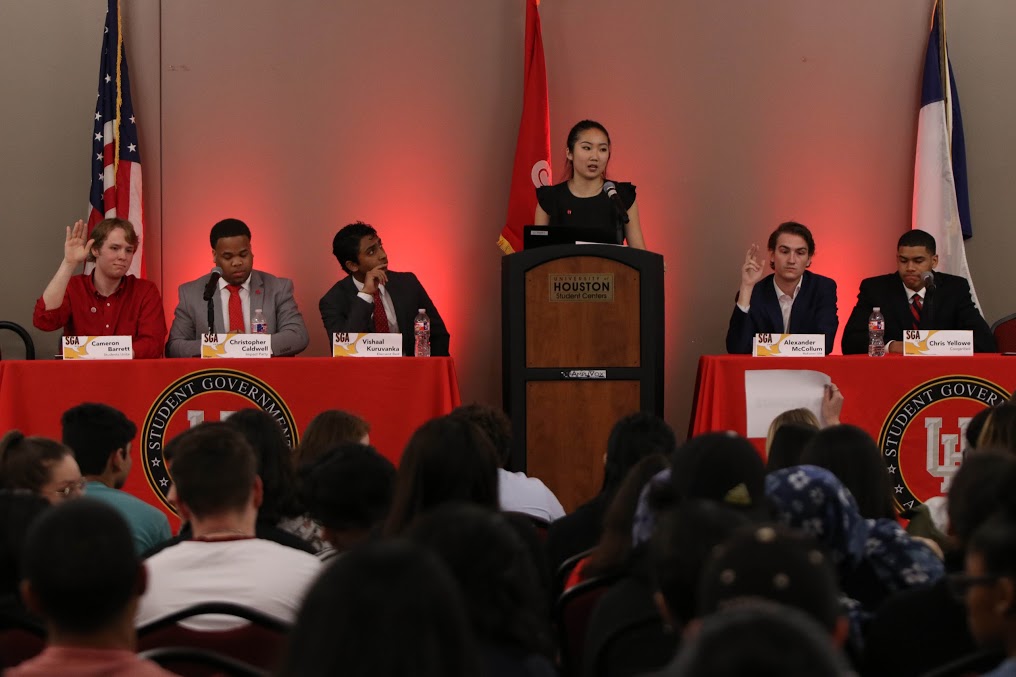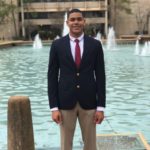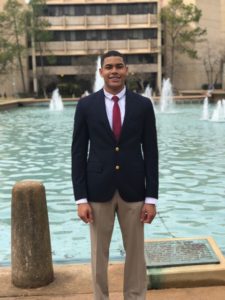Posted on 28 March 2018.


Fiona Sinha/The Cougar
The definitions of race, ethnicity and everything in between are often misunderstood, particularly the idea of being black.
Black is often used — in the United States — to describe Americans of African ancestry. This is accurate, but only in part because it leaves out large groups of the population.
People of African ancestry who live in different regions of the world, namely and South and Central America, the Caribbean, America, and — of course — Africa, make up the collective black diaspora.
This concept, which describes the diffusion of all people of African heritage across the world, may be new or confusing to some. Nationality often trumps heritage in mainstream conversations of identity, but the term pertains only to the place where someone is born, not their ethnic background.
Merriam-Webster defines race as “any one of the groups that human beings can be divided into based on shared distinctive physical traits.” In the context of the black diaspora, that physical trait is skin color.
A lot of scholars agree that race is made man-made concept first mainly introduced around American slavery with the transatlantic slave trade. Most of these slaves came from western Africa. The Caribbean islands and South America lie in the path of slave trade to America from Africa, so it makes sense that there are black people in this part of the world.
How they got here
The African people were dispersed through different parts of the world mainly through slavery. The transatlantic slave trade alone was responsible for the transport of more than 12.5 to 13 million slaves.
“European enslavement transported people out of Africa and created a black presence in the world buy doing so,” said Keith McCall, a Rice University doctoral candidate in history, with a concentration in slave history.
In America, the first introduction to slavery from the transatlantic slave trade usually begins with the mention of slaves from west Africa being shipped to America in 1619. But as early as 1446, Portugal began erecting slaving forts on the African coast. In the 1530s, Portugal began colonizing Brazil and sent slaves to the territory.
According to the CIA’s World Fact Book, Brazil has a 43.1 percent mulatto (white and black) and 7.6 black population. This is because more than 4 million Africans were delivered to Brazil to work in coffee fields.
In 1502, Spain shipped African slaves to Hispaniola, which comprises present day Haiti and Dominican Republic.
“The demographic trends that came out of the slave trade were highly differentiated–some places, like Saint Domingue,” McCall said.
Almost 36 thousand African slaves disembarked in Hispaniola between 1501 and 1600 alone, according to the Trans-Atlantic Slave Trade Database.
According to the CIA’s World Fact Book, Haiti and Dominican Republic are both overwhelmingly black. Haiti’s population is 95 percent black and 5 percent mulatto. Dominican Republic is more than 70 percent mixed and most of that group is comprised of two subgroups: mestizo/ indio and mulatto.
Indio, according to the CIA World Fact Book, is described as a person from mixed ancestry or one who has a skin color between light and dark. Another 15.8 percent is black.
In 1562 Britain entered the slave trade, shipping slaves from Africa to Hispaniola. By the end of the English slave trade in 1807, Britain had made 12,000 voyages transporting 2.6 million slaves across their territories.
Almost 200 years after some of the earliest records of slave trade, the first 20 black slaves step on American soil in 1619 in Jamestown, Virginia.
The arrival of slaves to North America would soon create one of the most complex parts of the diaspora now that we are over 150 years postbellum. After slavery, the roots to Africa where lost to the new Black Americans that is still prevalent today.
Black Americans still don’t know where in Africa their specific heritage originates. In other parts of the world, like the Caribbean and South and Central America, a cultural identity was prevalent before slavery.
There was no American culture — as created by European settlers — in which African slaves could comfortably participate. The strategy employed by slave owners in the region involved both stripping slaves of their African ties and denying the ability for slaves to assimilate into American culture.
The abolition of slavery began in the 1800s, though it progress differently between regions.
Within the first decade of the 17th Century, slavery was outlawed in modern Haiti and Dominican Republic as a result of the Haitian war in 1801. Great Britain and the United States stopped importing slaves to their respective nations in 1808. Throughout the rest of the 1800s, other countries outlaw slavery and slave results happen in America like Nat Turner in Virginia until then end of slavery in America in 1863 with the Emancipation Proclamation.
(Note: Slavery did not end in Texas until two years later on June 19 1865 which created the Juneteenth holiday.)
After more than 50,000 voyages between participating slave trade countries like Portugal, Spain, Britain, and the United States, more than 11 million slaves landed in different parts of the world across the Atlantic. In 1800 America, blacks made up almost a fifth of the American population. From 1800 1860, the black population went from 1 million to almost 4.5 million.
According to the United States Census Bureau in 2016, black people make up 13.3 percent of the population. That equates to roughly 43.3 million people. This population was grown from only 500,000 slaves imported from Africa. The 13.3 percent does not include people of mixed races and could possibly factor in naturalized citizens.
Systemic similarities in society
When mentioning groups of people in relation to crime and poverty, Black and Latino populations get linked together. The similarity in the societal structure of the diaspora as a whole is prevalent.
One of the easiest disparities you can see is in how punishment of crime is dealt to people who are in the diaspora and those who are European.
According to the NAACP’s Criminal Justice Fact Sheet, the United States makes up 21 percent of the world’s prisoners while only comprising five percent of the world’s population. The percentage of Black and Latino populations incarcerated in the United States is further inflated.
In the same study, African Americans accounted for 34 percent of the 5.8 million people in the correctional population. Together, Blacks and Latinos make up 32 percent of the of the U.S. population, but account for 56 percent of those incarcerated.
People in the Caribbean deal with crime differently than in United States.
“(Jamaican police) don’t have as menacing authority as American cops,” said Shannon Smith, a health communications graduate student at Texas Southern University.
Smith’s parents are from Jamaica, making her a first-generation American.
“My dad was in Caribbean law enforcement [in Kingston] in the 80’s and 90’s,” Smith said. “They mostly focused on scammers, even though there were homicide cases they were working on.”
There are no statistical differences between being a Black American or a black-skinned Caribbean individual with regard to crime.
“They [Americans] look at me and see black and that’s that,” said half-Trinidadian half-Vincie Brooklyn-native Cheral ‘Chay” Byron. “They don’t say ‘oh you must be from the islands.’”
According to the U.S. Department of Justice’s Bureau of Justice Statistics, black men have a higher incarceration percent than white men in 2016 by about two points, even though the black population is smaller by comparison.
Outside of shear numbers of incarceration — which deal with all types of crimes — rate of arrests for similar crimes are disproportionate.
In New York City, 86 percent of marijuana arrests were of Black and Latinos, despite these groups making up only 51 percent of the population between 2014 and 2016, according to drugpolicy.org. In the same study, 30 years of marijuana charges an average of 67 percent where between Black and Latino arrests and White and other arrests.
Of the 61,040 marijuana-related arrests between 2014 and 2016 in New York City, 52,730 were of Black and Latino people.
Other circumstances like poverty show disparity of Black and Latino people as well.
According to the United States Department of Agriculture Economic Research Service, Black and Hispanic races are first and third, respectively, in highest poverty in both non-metro and metro areas.
Culture mixing
Culture is probably the most noticeable similarity and difference you can spot across the black diaspora. You can see it in music, food and physical traits.
Smith was born in America, but she stayed close to her roots.
“I didn’t really assimilate to American culture, I had a different lifestyle,” Smith. “But I do see things slowly changing.”
Smith has had people ask her to do a Jamaican accent. This was not to prove her culture but more so just to hear it. Smith does see herself proving herself to people when she goes back to Jamaica.
“I still bathe with a bucket in America,” Smith said.
President of UH’s African Student Union Nhyira Addai is from Ghana. The sophomore marketing student noted that hospitality and optimism are big commonalities between Black Americans and Africans.
“We give love, even though we’ve been through so much,” Addai said.
Byron remembers the first time she saw a Black American person who was not Caribbean.
Being from Brooklyn, New York City has such a large representation of the entire black diaspora throughout the boroughs.
“You know that you can just be regular black,” Byron said. “You might not be able to talk about (Caribbean) culture even though they (other New Yorkers) are around it they didn’t grow up that way.”
The black community as a whole also deals with colorism, the idea that someone may be superior or receive privileges because of the hue of their skin even though they are of the same race or ethnic background.
Victor Blanco is a fourth-year psychology student of half-Cuban and half-Black ethnicity at the University of Virginia. He sees the effects of colorism in his personal life.
“There are situations where I feel like I don’t fit into either (group),” Blanco said. “I try to join with a black group and it’s ‘No, he’s Hispanic,’ and you try to join with a Latino group, and it’s ‘No, he’s black.’”
Each person interviewed for this story identifies as Black along with their other cultural roots, whether it be African, Caribbean or Hispanic. Each can identify an instance when they realized the similarity in the duality.
In the beginning of the interview, Smith identified herself as Black, not Jamaican. Brooklyn-native Byron saw the similarities in music with artists using reggaetón sounds in modern rap. And Blanco saw it as early as grade school every time his hair changed.
“My hair now that it’s short people will guess that I’m Hispanic,” Blanco said. “When I grow it out, it goes into an afro, so people will guess that I’m mixed.”
The diaspora is a wide-ranging idea with cultural and historical relevance. Now, the nuances of race and ethnicity are entering into mainstream discussion, but some still confuse others’ identities.
“One joke I got constantly is, my last name is Blanco, meaning white. People would say, ‘Your last name means white, but you’re not white,’” Blanco said, chuckling.
features@thedailycougar.com
—
“Cultural misunderstandings often stem from Black diaspora” was originally posted on The Daily Cougar


